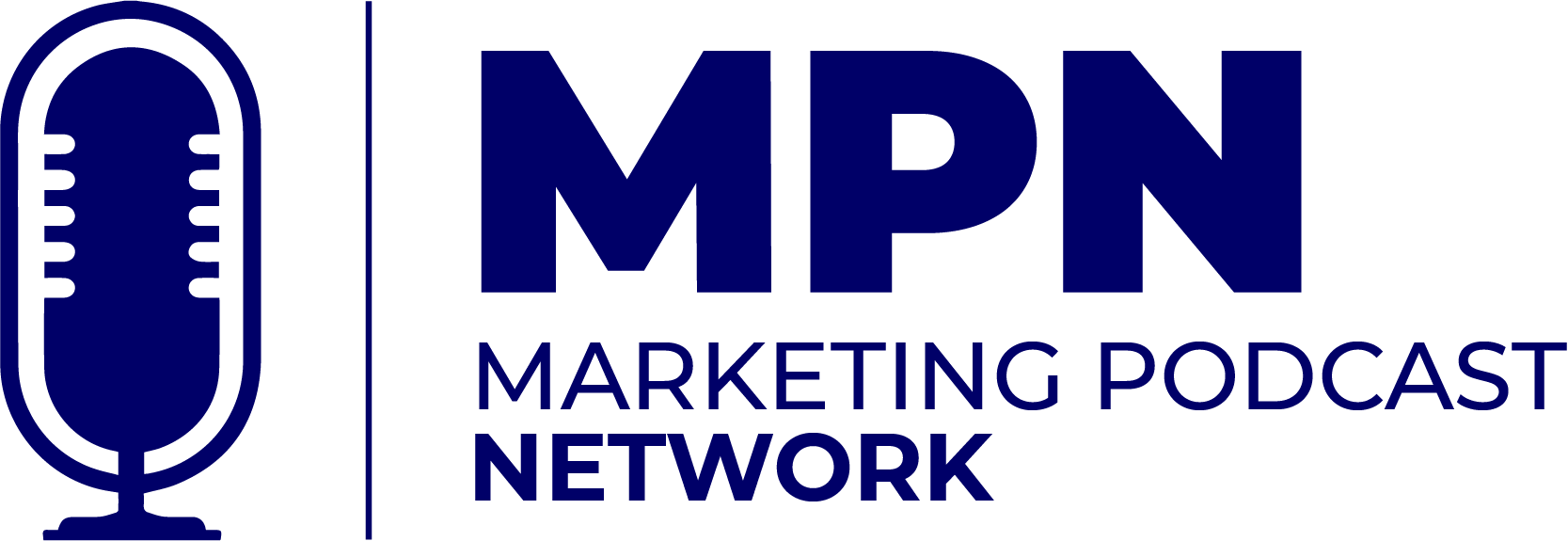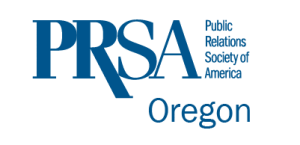![How Pat Welch Built Her Business by Choosing Collaboration Over Competition [Podcast]](https://www.veracityagency.com/wp-content/uploads/Pat-Welch-800x600-1.jpg)
How Pat Welch Built Her Business by Choosing Collaboration Over Competition [Podcast]
On today’s episode of the PR Talk Podcast, host Amy Rosenberg shares her conversation with one of Portland’s most impactful business leaders: Pat Welch, co-founder and CEO of the recruiting agency Boly:Welch. During their talk, Amy and Pat discuss the origins of Boly:Welch, the current state of the hiring market and the outlook for marketing roles here in Portland.
A Fruitful Partnership Begins
Pat’s history in Portland began in 1975 when she moved to the city from Boston shortly after graduating from Boston University with a filmmaking degree. She started working in recruiting early, handling direct hiring and candidate placement with the Portland firm Murphy, Symonds and Stowell. Pat eventually took time off to raise her children, and when she returned to the firm a few years later, she met Diane Boly, who’d been hired to cover Pat’s job.
Pat mentioned there was concern at the firm that she and Diane would be competitive with each other because they both worked in the same role. Instead, she and Diane hit it off immediately. Rather than competing with each other, Pat and Diane joined forces and worked as a team, sharing commissions equally and quickly becoming the firm’s top performers.
The Birth of Boly:Welch
Pat points to one moment that ultimately led to the start of Boly:Welch. Like the bosses that they’d eventually be, she and Diane asked their boss to set up a 401(k). Because Pat and Diane were the only employees who wanted this benefit, their boss offered to make them independent contractors, marking Boly:Welch’s unofficial launch. Before long, their boss decided to sell the company, and rather than working for the new owner, Pat and Diane collected their receivables, rented office space and launched Boly:Welch.
Today, the firm employs more than 50 people and is one of Portland’s most recognizable companies. While Diane retired two years ago, Pat continues as CEO with the goal of fostering the collaborative and family-friendly environment she and Diane began nearly 40 years ago.
Examining Today’s Employment Landscape
No conversation with Pat Welch would be complete without hearing her thoughts on today’s employment landscape. Pat believes that the employee/employer landscape has shifted dramatically thanks to COVID. It changed how employees approach their work, and many employers have struggled to keep up. However, an economic recession could quickly swing the pendulum back in the employer’s favor. One example Pat cites is remote work. Boly:Welch began 100% remote work early in the pandemic and has since returned to a flexible hybrid model. She believes it’s unlikely that 100% remote work is here to stay, and a hybrid model is much more likely.
Pat is also very concerned about the quiet quitting trend gaining steam online. She says employers must engage teams by giving them opportunities to buy into the culture and enjoy the people they work with. However, when employers provide those engagement opportunities, and employees still won’t give the work their best effort, they’ll typically be the first to go when the economic landscape changes.
Career Tips for Marketers
While the current hiring landscape for marketers is strong, Pat says that jobs tend to fluctuate during recessionary periods. She recommends new marketing grads seek out temporary roles or internship positions to gain experience before searching for full-time opportunities. Pat also believes taking a strategic approach to building your career is important. Marketers can take a leapfrog strategy to find short-term jobs outside their desired position or industry and use the experience they gain to land roles closer to their long-term career goals.
Collaboration Wins Over Competition
After a fruitful career, Pat Welch is a shining example of what’s possible when women choose collaboration over competition. The legacy she and Diane Boly built in Portland will outlast them both.
Listen to the entire episode to hear more of the conversation between Pat and Amy, including how Boly:Welch supports their employees’ work in the community through paid time off, matching donations and more.
Don’t Miss an Episode
If you haven’t already subscribed to the PR Talk Podcast, you can find more great episodes on iTunes, Stitcher, Google Podcasts, iHeart Radio and Spotify. While you’re there, don’t forget to rate and review the show!
About the Guest: Pat Welch
Pat Welch founded Boly:Welch with her partner Diane Boly in 1986. Together they built one of Portland’s leading recruitment firms providing customized recruiting and consulting solutions to an array of Pacific Northwest employers. Today Pat serves as the company’s CEO while also serving on the boards of multiple local non-profit organizations.
PR Talk is part of the Marketing Podcast Network
The Marketing Podcast Network gives brands that sell to marketers direct access to reach thousands of buyers via their trusted media source: Marketing podcasts. Browse our library of shows and see where your message can be placed to reach prospective customers ripe for your message.
This episode of PR Talk is brought to you by PRSA Oregon
Throughout Oregon and Southwest Washington, PRSA provides members with networking, mentorship, skill building and professional development opportunities – whether you are a new professional fresh out of college or a skilled expert with 20 years in the industry. Check out PRSAoregon.org for more information on how membership can help you grow and connect.









